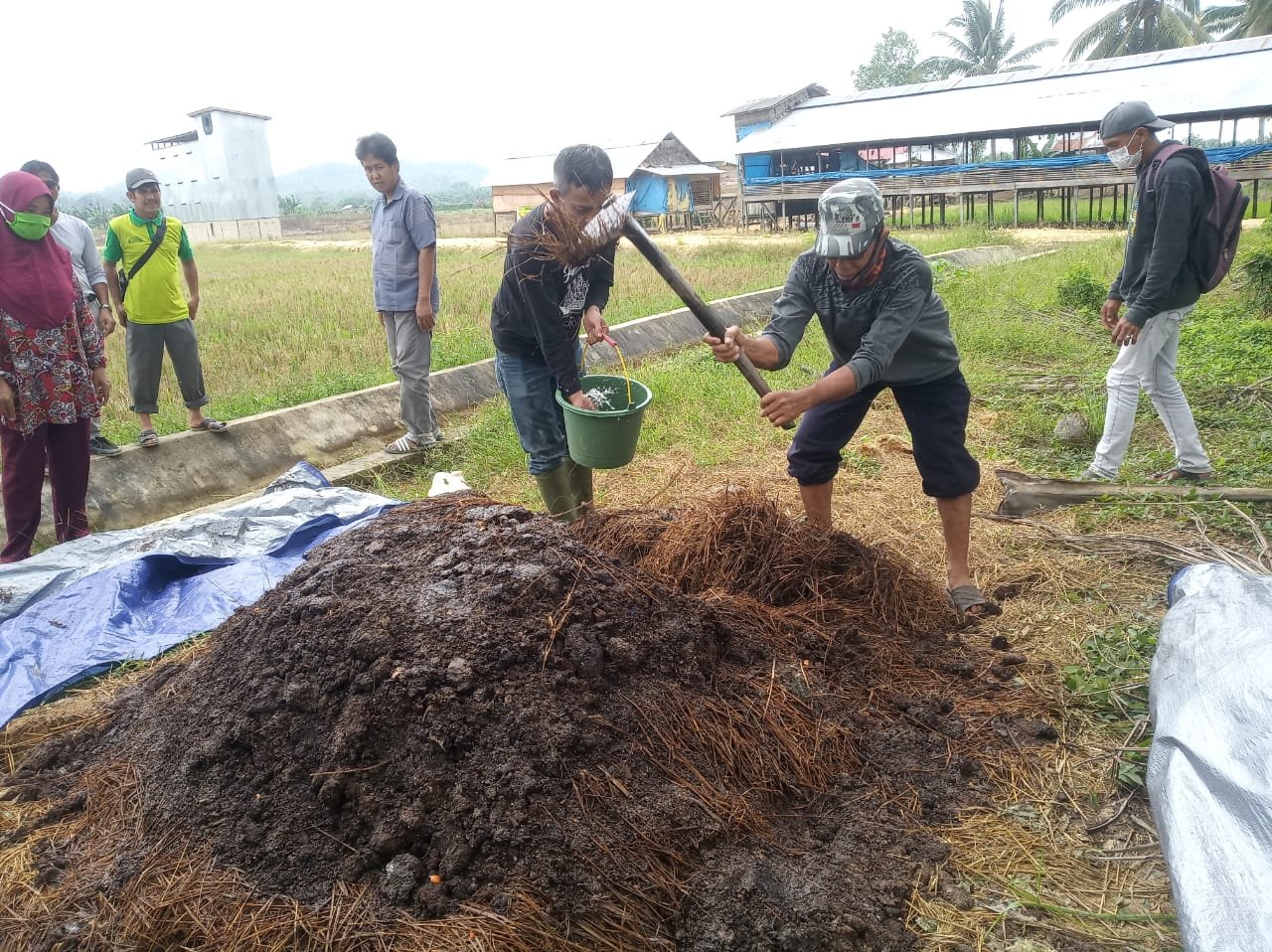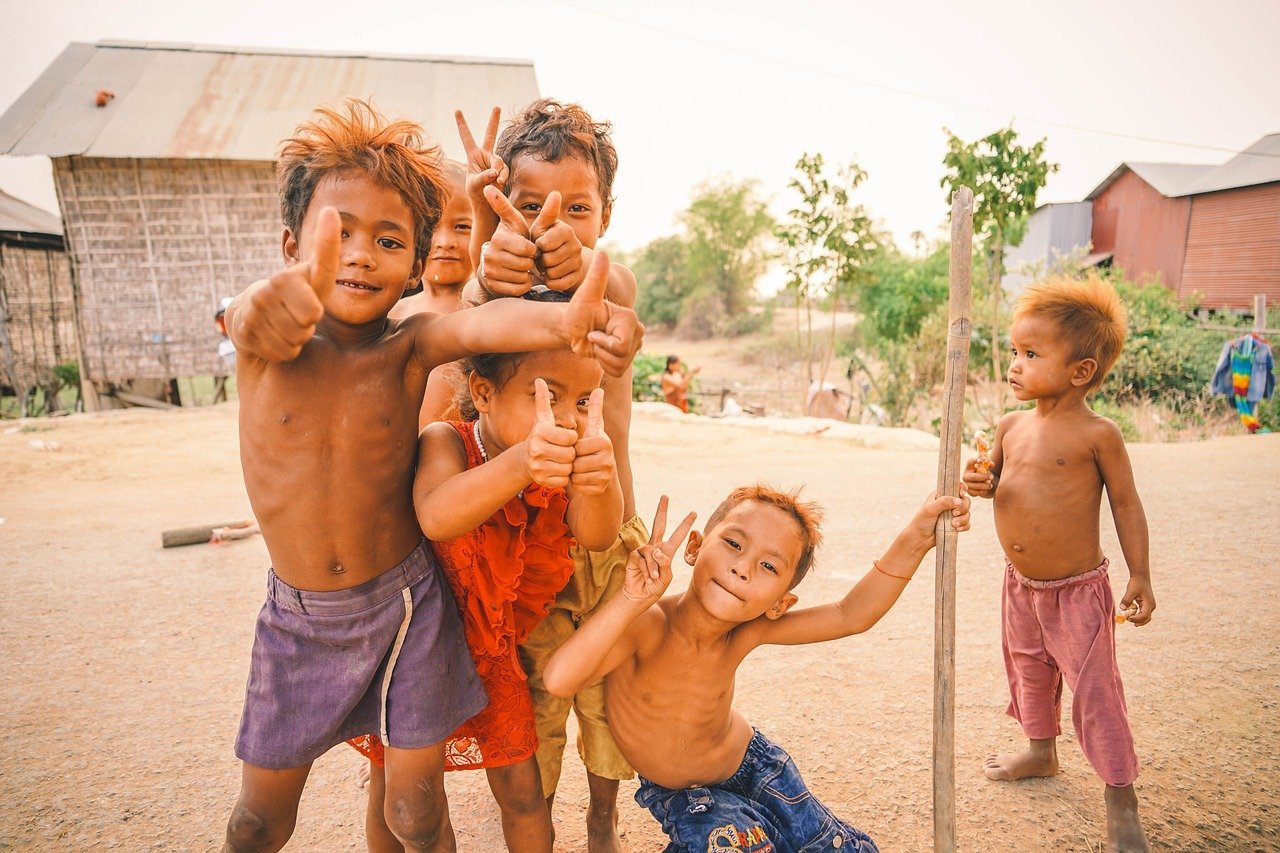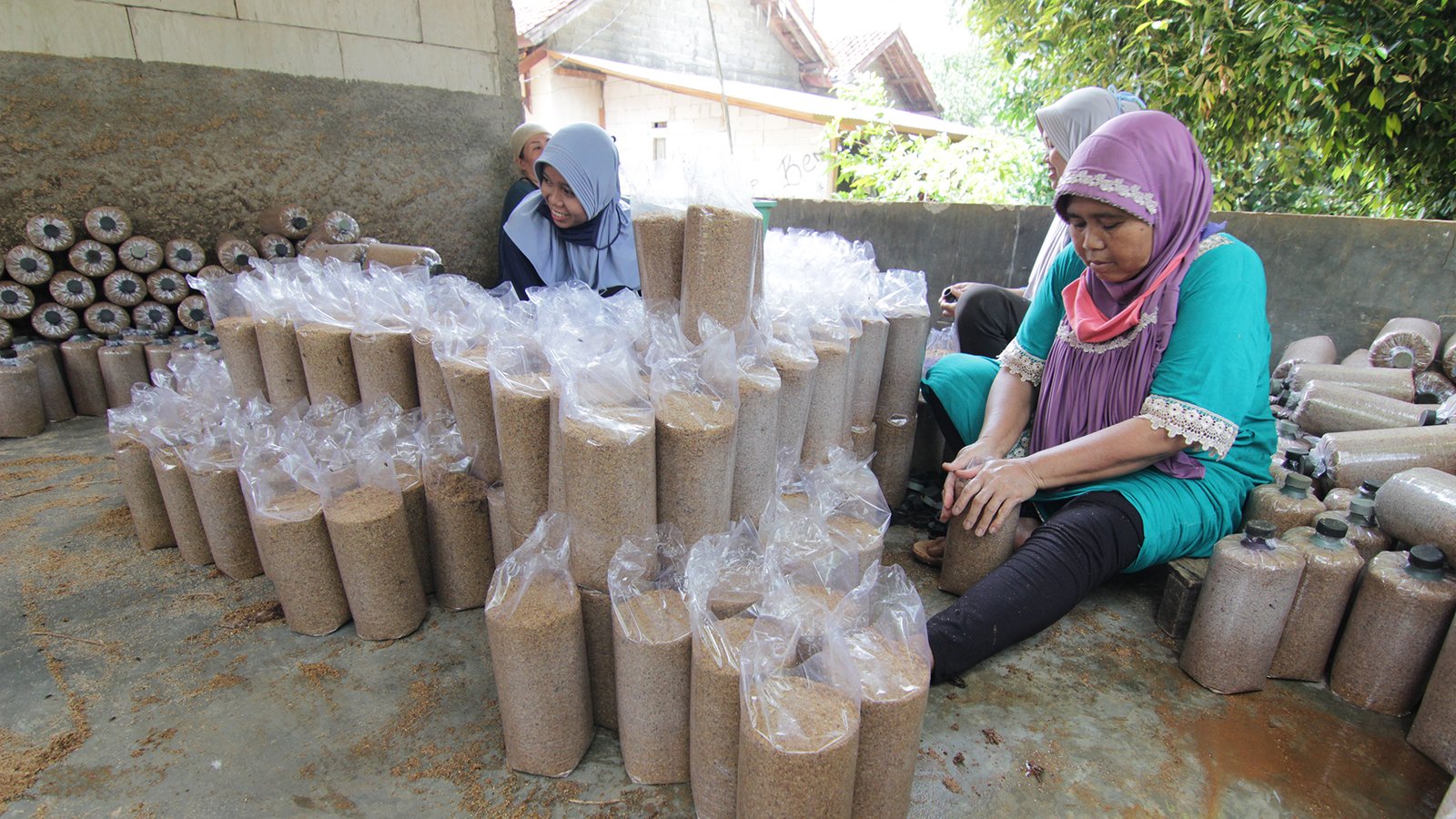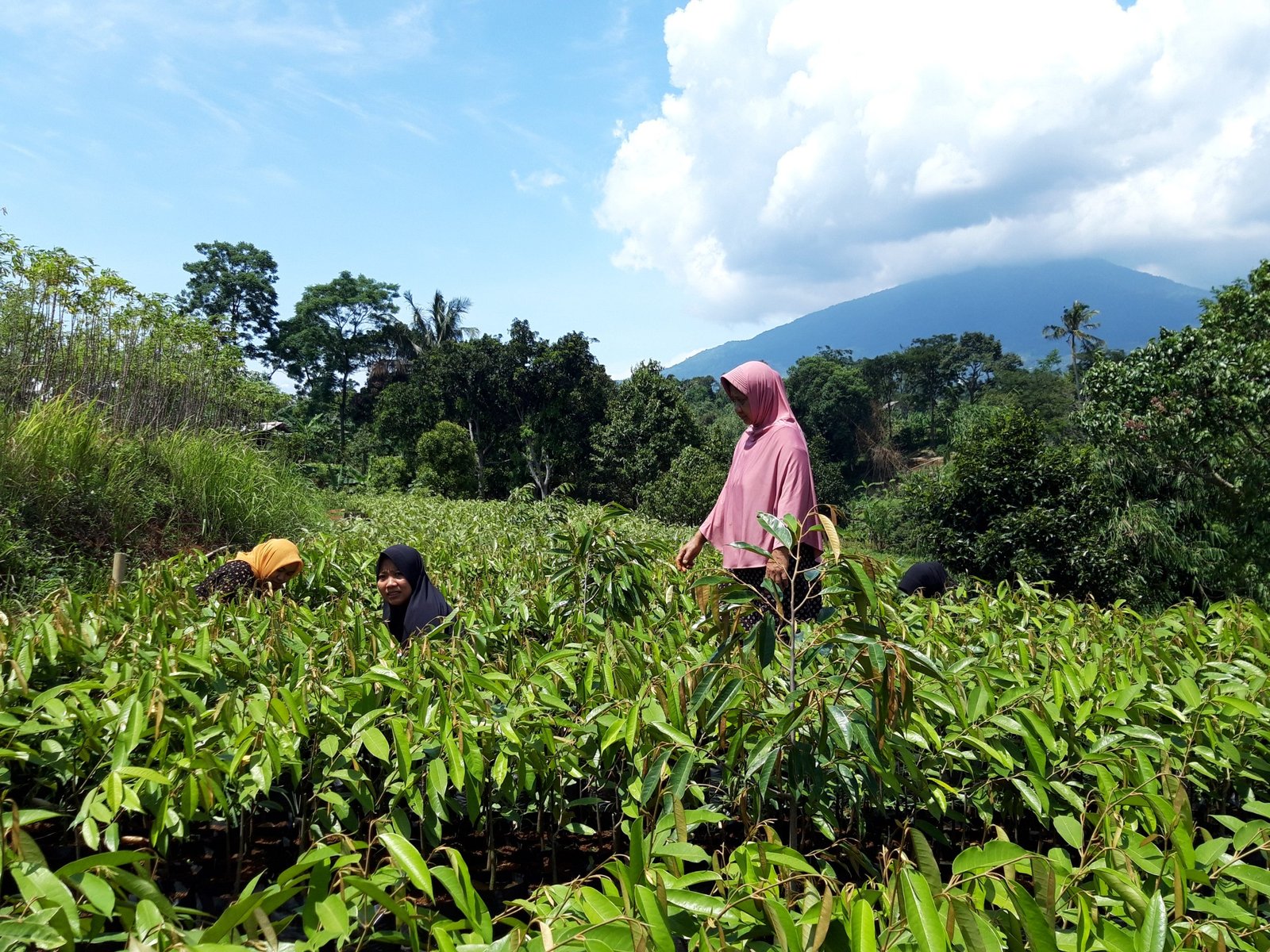Villages need to be revitalized because they are warehouses of poverty and backwardness. This reality occurs because of a long and complex historical process, due to inappropriate and unjust policies, resulting in the accumulation of poverty and underdevelopment, as well as severe inequalities between villages and cities. In walking the Bina Swadaya pilgrimage, the causes of poverty, backwardness, and inequality can be understood as general causes and special causes.
Common causes are various realities that occur and directly affect the entire Indonesian nation. While special causes are various realities that have a major influence on villages. Common causes include a long colonial historical background, government instability, massive currency devaluation, rampant corruption – collusion – nepotism (KKN), unanticipated natural disasters, unstoppable environmental damage, and article 33 of the 1945 Constitution which is not lived up to in economic policy.
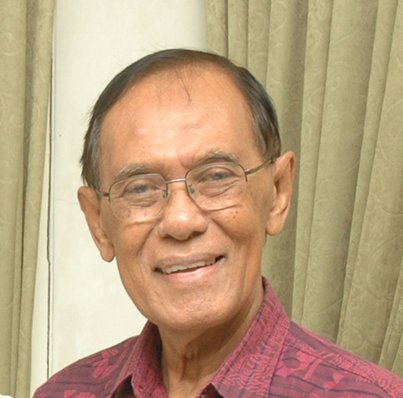
The colonial system aimed at obtaining maximum profits (Batigslot Politiek) by draining natural resources due to the poverty and backwardness of the people. The kingdoms of the archipelago were helpless against the VOC, armed traders from the Netherlands who controlled the archipelago’s seas; Cultuur Stelsel – forced cultivation (1830 – 1870), aggravating poverty; Agrarische Wet (1870) marked the entry of western capitalism, resulting in an economic dualism between the onderneming economy and the people’s agriculture (Boeke).
Government instability since the beginning of independence took place by trial and error: liberal democracy vs. guided democracy, parliamentary system vs. liberal system, democracy vs. authoritarianism, centralization vs. decentralization, and tug-of-war of various interests (ideological, sectarian, regional). The process occurred because our independence was seized not a gift given by colonialists such as Britain to Malaysia, Singapore, and India. The process of becoming Indonesia consumes energy as if there is no energy left to build the people’s economic sector.
The enormous devaluation of the currency is seen in the following calculation:
- in the 1950s there was a policy of “Syafruddin Scissors”, the currency of Rp.1000,- was cut to Rp. 500,- , 50% shrinkage;
- in 1966 the currency was valued at Rp. 1,000,- valued at Rp. 1,-, 100,000% depreciation.
- in 1969, US$1 was worth between Rp.84 – Rp.105 or an average of Rp.95,-.
- in 2011, US$1,- was worth Rp. 9,500, and when comparing the value of the rupiah against the US dollar in 1969 with 2011 reached a difference of 10,000%.
Calculated from the 1950s to 2011 our rupiah has been devalued by 50,000,000,000%. At this time (2020) US $ 1, – worth around Rp.14,000,-, can be further calculated as the decline in the value of our currency.
The rampant KKN has undermined the country’s wealth that belongs to the people, making the rich gap worse, 1% of people control 46% of the wealth, resulting in a strengthening of distrust of the political and economic elite. Meanwhile, natural disasters such as earthquakes, tsunamis, hurricanes, and storms, as well as unanticipated volcanic eruptions cause those affected to suddenly be poor if hit by the disaster.
Article 33 of the 1945 Constitution is not lived up to in economic policy. The contents of article 33 paragraph 2: The important branches of production and control over the livelihoods of the people are controlled by the state, paragraph 3: Earth and water and the natural resources contained therein are controlled by the state and used for the greatest prosperity of the people. But in economic policy, there are no clear provisions on those branches of production that are important for the state. And there is no economic policy for poverty eradication efforts by utilizing the wealth of natural resources.
The specific reasons that we interpret as the process of village marginalization take place, among others, through human resource capital. Through various educational programs intended to improve human resources to be ready for development, it harms villages because of the brain drain – the “brain” out of the villages. Meanwhile, the institutional capital of mutual aid which is the strength of rural communities when planting, harvesting, building houses, and overcoming social and other problems, is now almost unheard of.
The implementation of the money economy in villages raises the need for financial services to develop businesses for agrarian villagers. However, financial institutions (banks, etc.) assigned by the state to serve the financial needs of rural communities cannot be done because they are considered not bankable. But bank services in the form of savings mobilization were successfully carried out with various prizes. The funds collected cannot be redistributed as credit to rural communities, but invested in the city. There was a capital flight that reached 85% (Prof. Mubyarto’s research in Lamongan Regency, 2004). As a result, smallholders and micro-entrepreneurs depend on loan sharks, dijon, and high-interest middlemen who increase their business burden.
Agricultural businesses concentrated in villages experience marginalization due to the narrowing of the average land ownership of family farms. According to a study by the Ministry of Agriculture (2000), 88% of farming families own less than 0.5 ha of land, currently, it may only be around 0.2 ha. Surviving as a subsistence farmer alone is difficult, having to make a living outside the agricultural sector. The results of research by Prof. Ahmad Erani Yustika (2000, 80% of farmers’ income is obtained outside the agricultural sector. The poverty of farmers is also due to an unfair supply chain as illustrated by the expression of the Minister of Agriculture Amran Sulaiman (2018): “1 kg of shallots at the Brebes farmer level costs Rp. 15,000 per kg when arriving in Cirebon increases to Rp. 50,000 per kg”.
To overcome rural poverty, we must stem the process of marginalization by increasing human resource capacity, developing solidarity institutions, developing independent financial systems, developing effective production and marketing organizations, implementing appropriate technology, and developing specific locales towards the creative economy. Everything is carried out in a joint movement by working together among local community members and various stakeholders to achieve independent and developed villages. Because villages are the roots of a big tree called NKRI.
Bambang Ismawan


